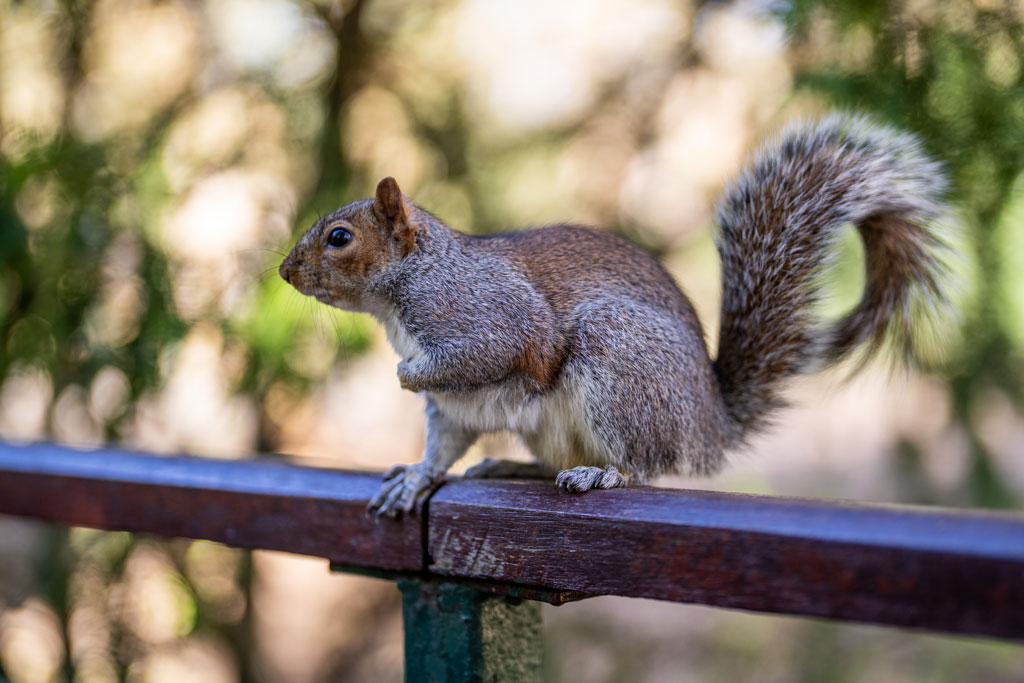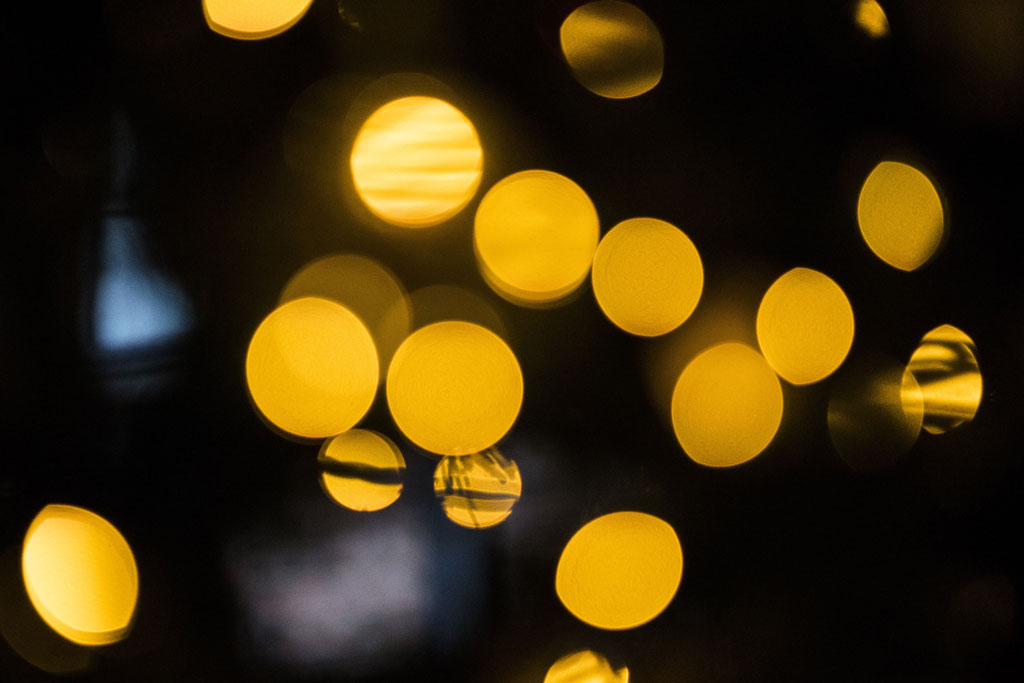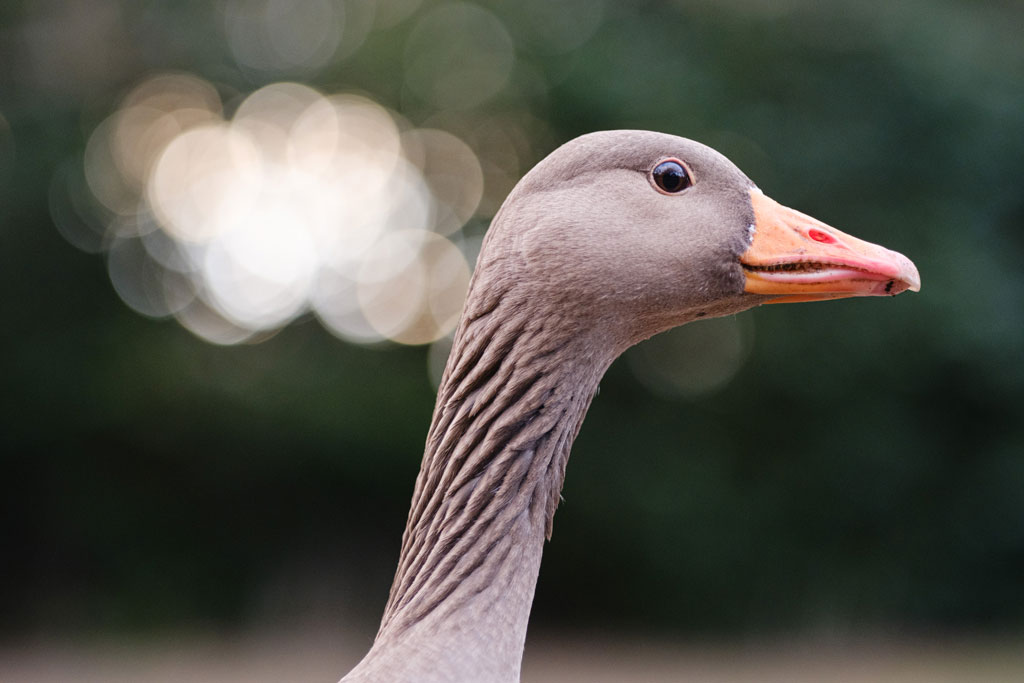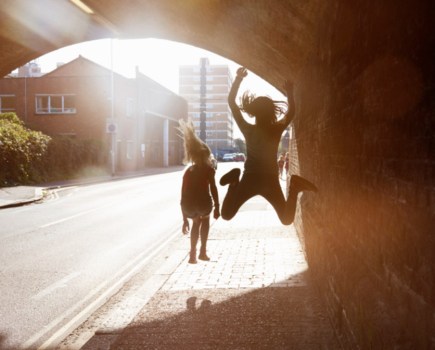Rod Lawton explains what ‘bokeh’ is, how to say it, and what makes for good bokeh…
The word ‘bokeh’ is typically mis-used, misunderstood or simply mispronounced. There’s a tendency now to equate ‘bokeh’ with background blur, but they are not the same thing.
Blur is blur. You can have a lot of it or a little, and that’s all related to depth of field, but that doesn’t tell you anything about the visual appearance or quality of that blur. What this blur looks like is ‘bokeh’.
You can have ‘good’ bokeh or ‘bad’ bokeh. Good bokeh is typically creamy and soft and buttery, while bad bokeh is ‘busy’ and there are diffuse halos and outlines around out of focus objects that overlap in a messy and visually confusing way.

If that sounds like a rather vague description, then welcome to the world of bokeh. It’s one of those photographic phenomena that can sound like stuff and nonsense until you see it for yourself. And once you see ‘bad’ bokeh compared to ‘good’ bokeh, you will start to see it everywhere.
If you’re not particularly bothered by ‘good’ bokeh and ‘bad’ bokeh it doesn’t make you a poor photographer. Some people are more sensitive to bokeh than others. You can control the amount of blur in your photo with lens aperture, focal length and distance, and getting ‘good’ bokeh at the same time can simply be a bonus.
Depth of field, background blur and how to get it

Shallow depth of field depends on three factors:
- Focal length: Longer focal length lenses deliver shallower depth of field. If you want shallower depth of field, zoom in to your longest focal length or swap to a longer focal length lens, then move further away to frame your subject. That’s one way.
- Subject distance: The closer your subject, the shallower the depth of field. This is why macro subjects are so hard (or impossible) to capture with front-to-back sharpness, and why focus-stacking techniques exist.
- Lens aperture: People often quote this as the most important factor in depth of field, but it’s not the deciding factor on its own. It is a way of controlling the depth of field of the camera and lens you’re shooting with, to be sure, but it doesn’t offer infinite scope.
Bokeh jargon and what to look for
Bokeh effects are hard to demonstrate unless you have an image with defocused specular highlights or light sources in it. These out-of-focus points will be rendered in different ways, depending on the lens’s bokeh characteristics.

- Circular bokeh: This is the ideal pinpoints of light are rendered as perfectly circular discs with no variation in brightness from the centre to the edge.
- Feathered bokeh: This is even better. The bokeh disks fade away towards the edges. This gives the best and ‘creamiest’ bokeh but may need special lens designs.
- Cat’s eye bokeh: This is less desirable. Some ‘bokeh’ lenses produce perfect bokeh disks in the middle of the frame, but these can take on a cat’s eye shape near the edges.
- Soap bubble bokeh: The bokeh discs are paler in the centre to create a kind of 3D bubble effect. Some consider it less desirable, but there are ‘bubble bokeh’ lenses designed to create it.
- Onion skin bokeh: This is also less desirable. The bokeh disks show concentric ring effects which don’t look great and can contribute to ‘busy’ bokeh.
- Doughnut bokeh: This is a characteristic of catadioptric or mirror lenses. The bokeh discs are bright around the edges but dark in the centre. It can be a striking look.
- Anamorphic bokeh: Anamorphic lenses capture a much wider aspect ratio by squashing the image horizontally. This produces vertically elongated bokeh discs.
- Swirly bokeh: Often seen with vintage ‘Petzval’ style lenses. You will notice that defocused backgrounds with lots of texture take on a kind of rotational blur.
- Busy bokeh: A catch-all term for defocused areas that just don’t look smooth and creamy. There may not be defocused highlight discs to give you any clues, but the best bokeh lenses don’t do this.
- Bokeh fringing: Where light of different colours is not focused at the same point, so you can get soft colour fringes around out-of-focus objects. Common on all but the best lenses, and annoying.
- Hearts and stars: Bokeh fans won’t like anything other than perfect bokeh discs, but you can get filters and software effects to create cutesy hearts, stars and other bokeh shapes.
- Spherical aberration: Normally a bad thing in lenses, but it can produce beautiful bokeh, so some lenses use careful spherical aberration control (or Defocus Control) to exploit it.
- STF lens: Stands for ‘smooth trans focus’ lens, or one that has an optical configuration designed specifically for smooth bokeh effects.
- Apodisation element: A crafty internal element that works a little like a radial graduated ND filter to fade out bokeh discs towards the edges. It works well but does reduce light transmission.
- Aperture blades/circular apertures: The ideal is a perfectly circular lens aperture so that bokeh discs are also circular. It’s not enough on its own, however, to guarantee ‘good’ bokeh.

How do you pronounce ‘bokeh’?
It’s a Japanese word, and how you pronounce it will depend on where you live geographically and how the photographic community you’re part of pronounces it. So this might mean some language muddling.
Perhaps the most accurate pronunciation could be represented as ‘bokk’ followed by a short ‘eh’ sound. That’s ‘eh’ as in ‘air’, but much shorter. The emphasis should be on the ‘bokk’.
Some pronounce it as ‘bokker’. That’s probably going to be more universally understood by photographers, but not an accurate rendition.
Some also pronounce it as ‘boker’, so that’s like ‘baker’ but with an ‘o’. That’s also wrong, but at least other photographers will understand what you mean.
A third pronunciation is ‘bokay’, with the emphasis on the ‘ay’. It sounds a little like ‘bouquet’, and while it’s not really any more wrong than the others it could be confusing for that reason.
Now that you know everything you need to know about bokeh, have a look at our guide to the best lenses to buy for bokeh.
Follow AP on Facebook, Twitter, Instagram, YouTube and TikTok.






